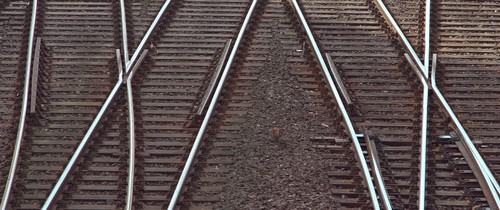WSJ Predicts Boom Time on the Tracks as Rail Capacity and Spending Soar
North America’s major freight railroads are in the midst of a building expansion by pouring billions into rail yards, refueling stations, additional track this year
With enhanced speed and efficiency, rail is fast becoming a major player in the U.S. commercial transport system and is vital to economic recovery. Rail is increasing it’s share of U.S. commercial transport with the U.S. rail network accounting for approximately 40 percent of U.S. freight moves by ton-miles (the length freight travels) and 16 percent by tons (the weight of freight moved).
U.S. freight railroads are private organizations that are responsible for their own maintenance and improvement projects. The Association of American Railroads (AAR) recently announced a plan to invest an estimated $24.5 billion in 2013 to build, maintain and upgrade the U.S. rail network. This investment includes $13 billion in projected capital expenditures, or CapEx, which go toward upgrading or enhancing rail network capacity in the year ahead.
The goal of this investment is to make existing rail lines more efficient and able to haul more and different types of freight. Some of the railroads are building massive new terminals that resemble inland ports. They are turning their networks into double-lane steel freeways to capture as much as they can get of U.S. freight demand that is projected to grow by half, to $27.5 billion by 2040, according to the U.S. Department of Transportation.
The Wall Street Journal (WSJ) recently wrote an article about this freight rail boom. Click here to read the article.





